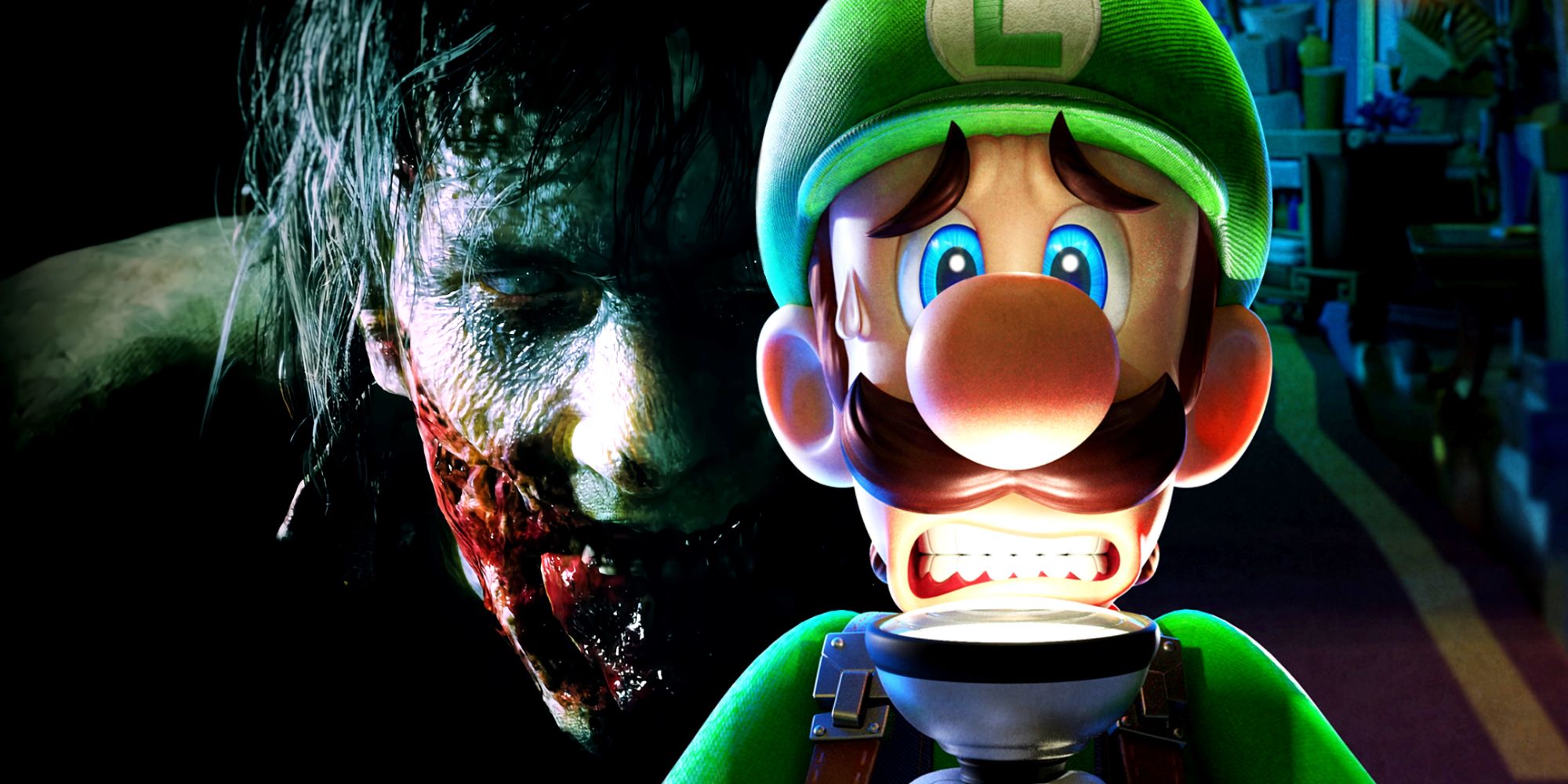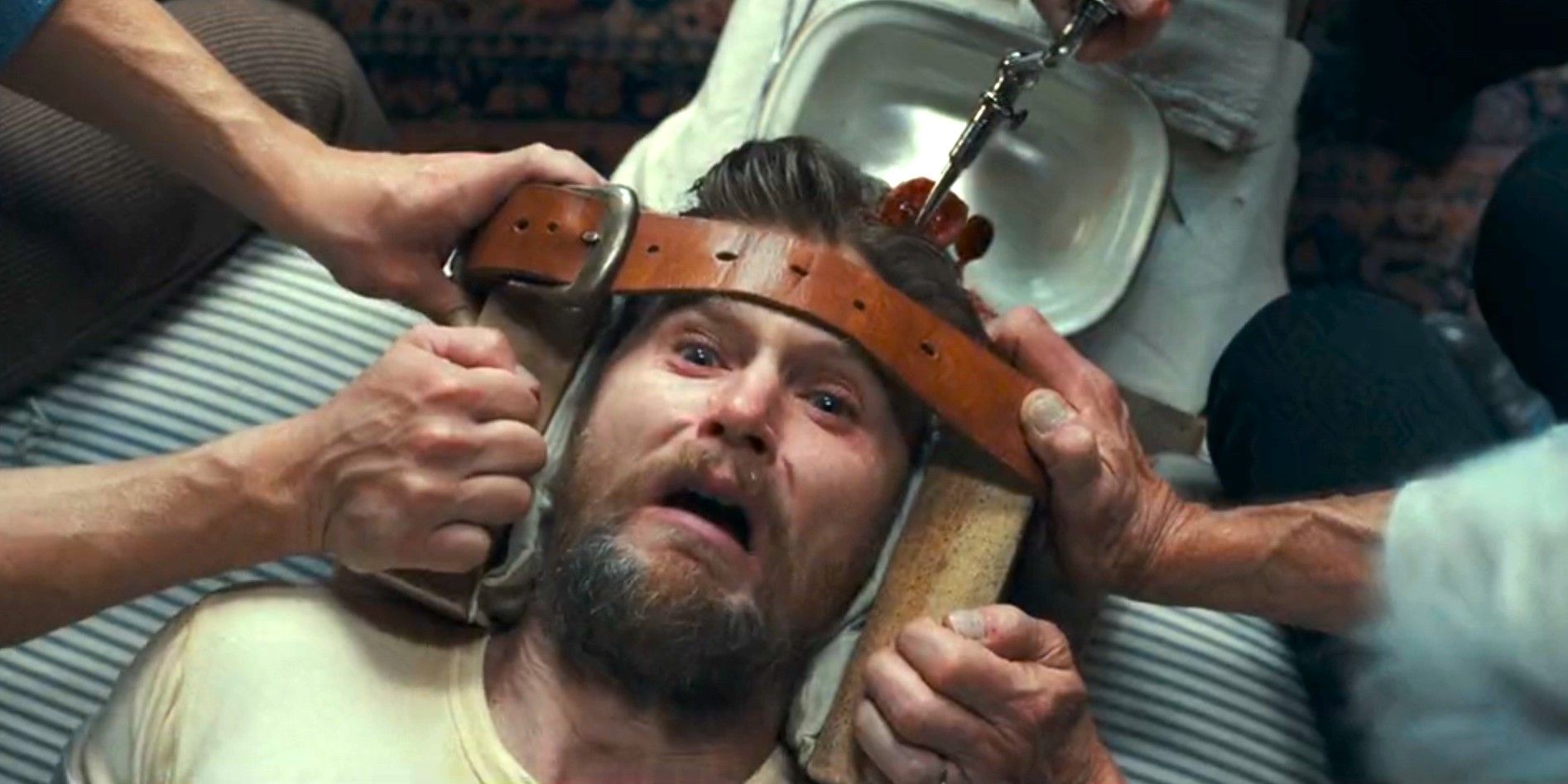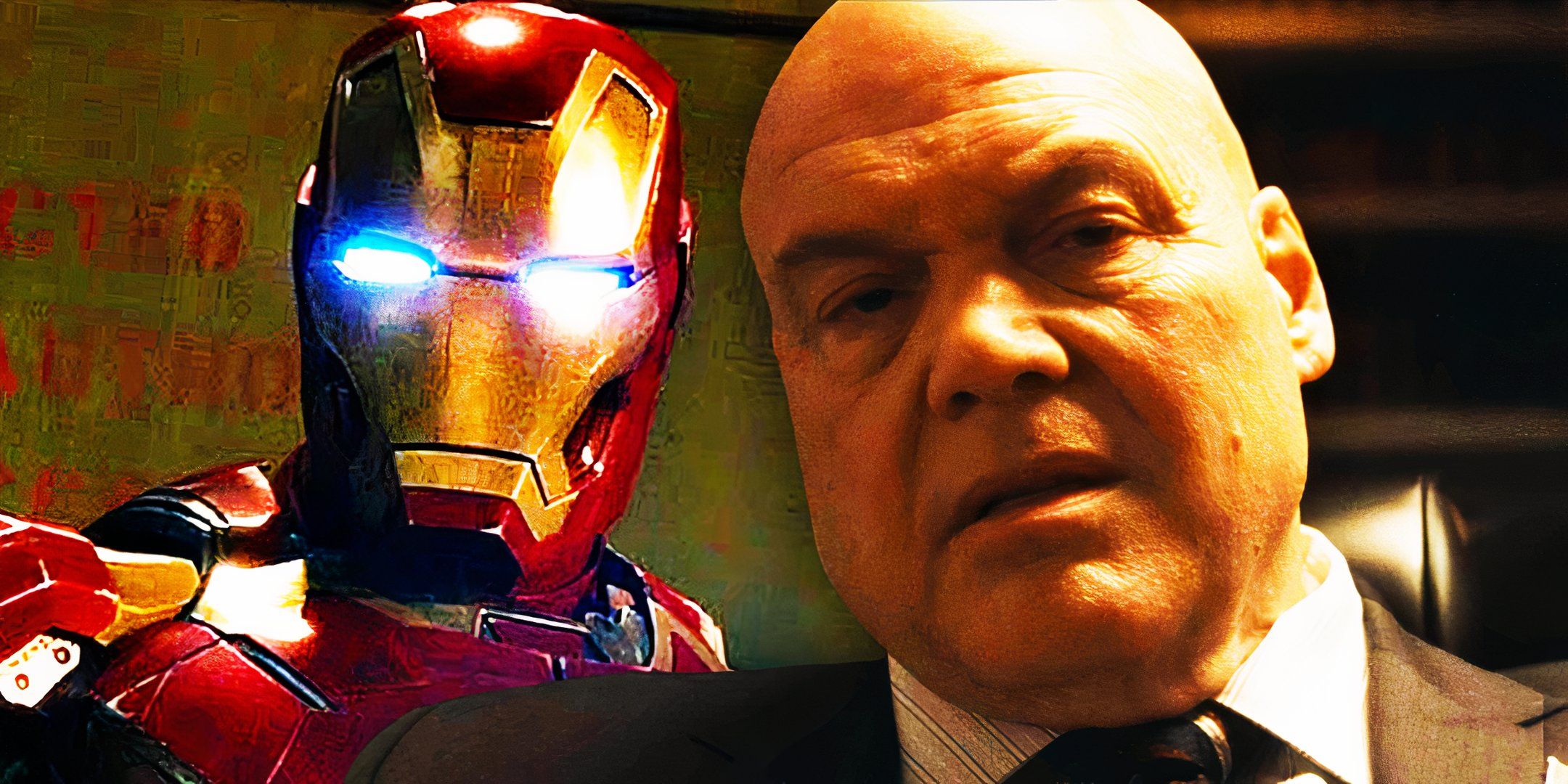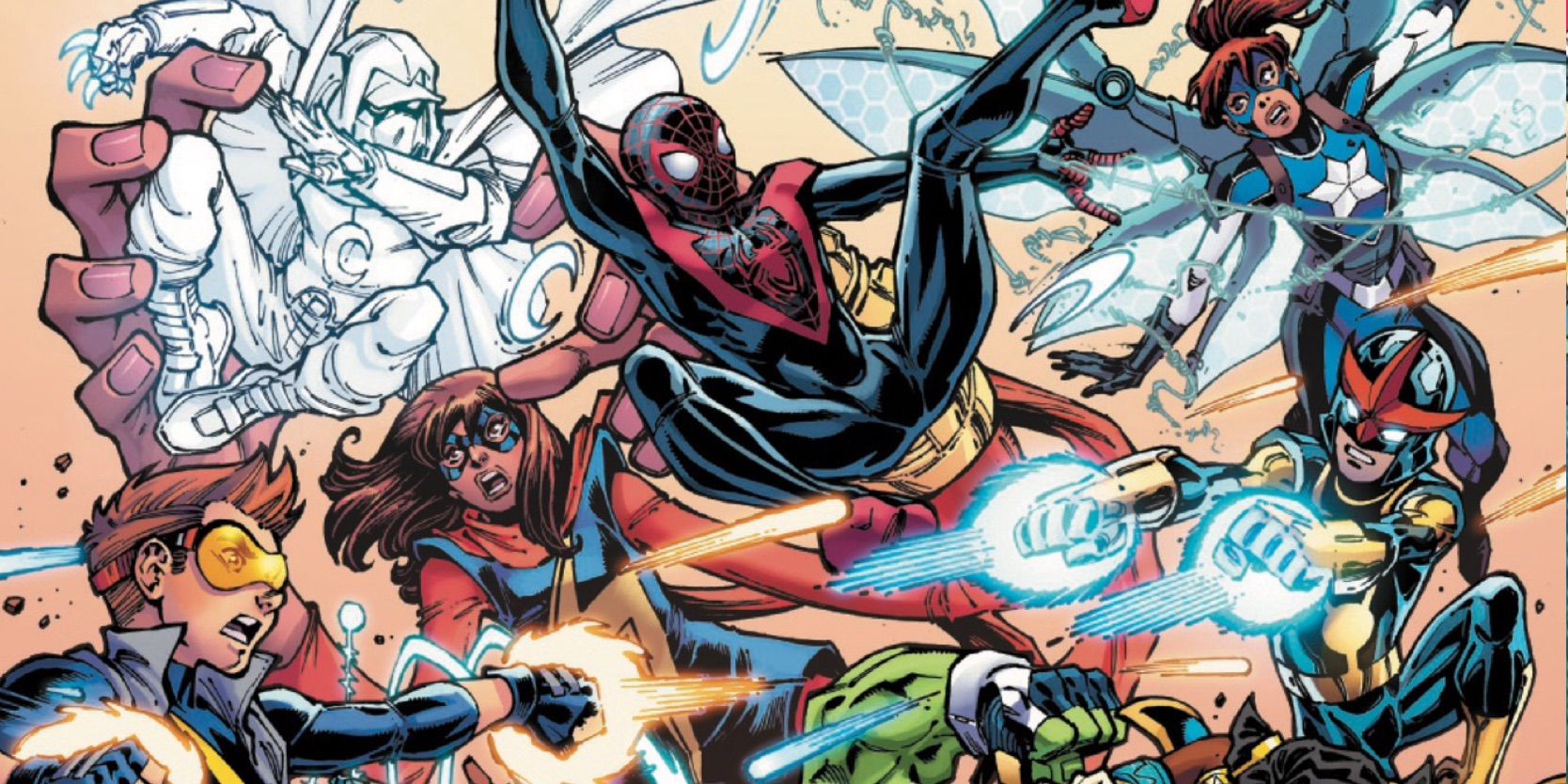Luigi’s Mansion Was Actually Inspired By This Ultra-Violent Horror Franchise
Summary Luigi's Mansion draws inspiration from the survival horror genre, particularly Resident Evil.
The game features parallels to Resident Evil in exploring, puzzles, and a focus on eerie atmospheres.
Luigi's Mansion made horror games accessible to all ages, evolving into distinct gameplay over its sequels.
When the original Luigi’s Mansion launched with the Nintendo GameCube in November 2001, it quickly became a cult classic. Since then, the series has seen the release of two mainline sequels, a remake, an arcade game, and an upcoming remaster. The Mansion series has done well by giving more depth to Mario’s green-clad younger brother in terms of character and style. Given that the original game consists of exploring a spooky mansion and sucking up the occasional ghost, it's easy to understand why one might think Luigi’s Mansion was inspired by the Ghostbusters films. However, that was not the case.
Luigi’s Mansion creator and Nintendo legend, Shigeru Miyamoto, has officially put that myth to rest. While certainly a fan of the Ghostbusters films, Miyamoto and his team made a special effort to ensure the game was not too Ghostbusters-like. Yet, there were other influences in the world of film and games that probably did inspire the look and playstyle of the original Luigi's Mansion. Specifically, there was a certain game genre that had taken off in the prior console generation, and one franchise in particular had become the face of it. Luigi's Mansion was likely inspired by the first Resident Evil.
Related Luigi’s Mansion 2 Switch Release Is Repeating Nintendo History The coming release of Luigi's Mansion 2 HD on Nintendo Switch shows a historical pattern that may be a sign of what is in store for a future console.
The Original Luigi’s Mansion & Resident Evil Are Eerily Similar
Luigi's Mansion Parodies The Original Resident Evil
Close
While survival horror saw its beginning in the 1980s, the release of Resident Evil in 1996 made the genre a worldwide success. Miyamoto's team wouldn't have been ignorant to the sudden boom in popularity of survival horror and how the genre was able to be fully realized on what was then the latest hardware. Sometime in the late '90s, development on Luigi's Mansion was already underway, first being shown to the public in 2000 at the Spaceworld trade show. Its speculated that Luigi's Mansion was initially intended for the Nintendo 64 console, until development moved over to Nintendo's next console, the GameCube.
It was in a 2013 interview with ABC that Miyamoto said, "[Ghostbusters] wasn't the isnpiration for the original Luigi's Mansion."
In many ways, the first Luigi's Mansion could be considered a parody of the original Resident Evil. The similarities are apparent from the beginning, as the lead characters from both games emerge from a desolate forest at the gates of a palatial mansion. Even the mansion lobby in Luigi's Mansion is similarly designed, similar to the entryway of Spencer Mansion in RE1, only inverted. Upon entry, Luigi faces a door with two staircases on either side of it, both leading to a second-floor balcony. In RE1, the characters face a single staircase that splits into two, both leading to a second-floor balcony.
Both Luigi's Mansion and RE1 place a heavy emphasis on exploring their respective locations, and both require puzzle-solving to advance the story in an almost Metroidvania style. Specifically, both games allow for varying levels of non-linear exploration, sometimes changing the order in which puzzles are solved and discoveries are made. Additionally, the mansions in both games are not meant to be lived in, but rather, to hide something. In RE1, the mansion is actually a cover for the Umbrella Corp bio-lab hidden underground. In Luigi's Mansion, Luigi finally confronts King Boo in a labyrinthine altar room hidden beneath the mansion.
A prominent parallel is that both games play with the theme of science run amok. In RE1, it's the deadly T-Virus that has mutated both humans and creatures on the mansion grounds, warping them into vicious, zombie-like monsters. In Luigi's Mansion, the trouble starts when King Boo, and the various specters that had been captured by Professor E. Gadd, break loose - much like a virus. The finale of both games ends with the rescue of a close acquaintance of the hero. Luigi rescues Mario, and Jill rescues Chris (or vice versa, depending on which character the player chooses in RE1).
Related Luigi’s Mansion 2 HD - Release Date, Story, & Changes From The Original Details about Luigi’s Mansion 2 HD are available, including its release date and the main differences between the remaster and the original game.
The First Luigi’s Mansion Is Essentially A Family Friendly Resident Evil
Luigi's Mansion Is Family-Friendly Survival Horror
The original Luigi's Mansion made the survival horror genre accessible to players of all ages, even at a time when it was arguably at its peak. Indeed, the survival horror genre is bigger now than ever, but both it and the Mansion series have evolved into entirely different games today. Luigi's Mansion: Dark Moon and Luigi's Mansion 3 adopt a more level-based design, rather than the almost Metroidvania-like layout of the original Luigi's Mansion. While each entry in the Mansion series is loads of fun, the original captured what was floating in the zeitgeist of its era with irreverent silliness.
Whether Miyamoto and his team took direct influence from Resident Evil while developing Luigi’s Mansion is only speculation. Yet, despite being vastly different games in tone and gameplay, the similarities between them are hard to ignore. Both share a focus on atmospheric tension and exploration to unravel a mystery, adding intriguing parallels that deepen the comparison between these two distinct franchises. While highly unlikely to happen, it's fun to imagine a crossover between the two franchises. Until that day comes, the original Luigi's Mansion may be the closest thing to a Resident Evil that all ages can enjoy.











COMMENTS